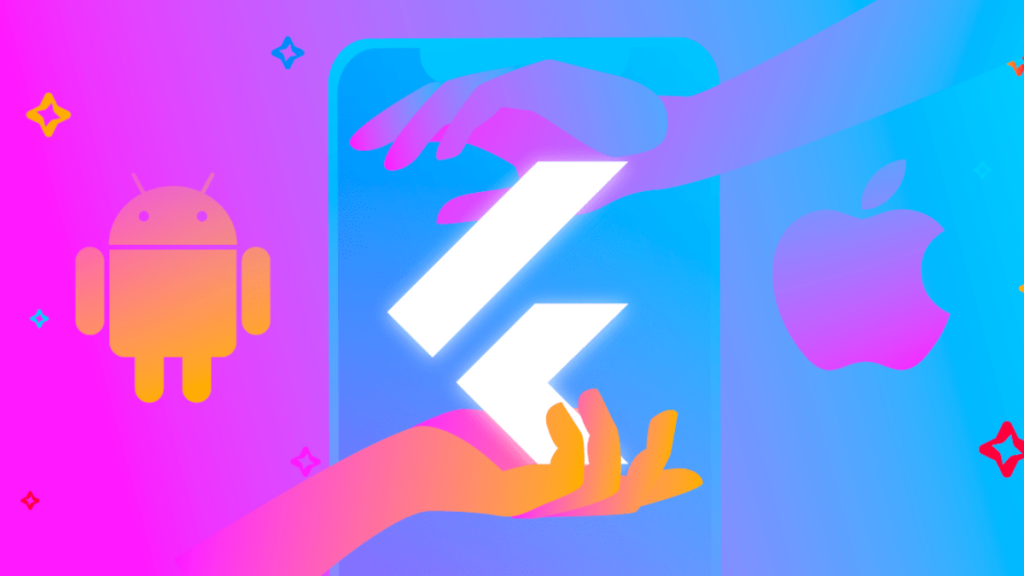Flutter succeeds at cross-platform mobile app development because it presents one of the best UI toolkits in the world. An exclusive technology by Google embraces a programming language called “The Dart.” It is simple, customizable, and managed to reach many developers on short notice. There are many attractive elements in Flutter for developers. In this article, we will discuss the brilliance of their UI kit and its relation with the success of Flutter. We will have the following stops:
- Forget About Compatibility, Just Design!
- Flutter’s Customizable Widgets, The Dart is Easy
- Save 50% With Flutter
- Boost Businesses’ Developing Sales Revenues
Forget About Compatibility, Just Design!
Contents
How did Flutter succeed in cross-platform mobile app developments? By being there! The mobile application you develop with Flutter’s kit will compile the same version for Android and iOS. Its customizable widgets will function the same on any device on earth. And most importantly, you will never need multiple versions, references, servers, or any double work for cross-platform developments. That makes Flutter the best solution for any developer, regardless of their business size. The embracement of this technology will put you ahead of many competitors who only produce apps to work on one platform. Or those who double their work to succeed in cross-platform mobile app development. However, developing with Flutter will make you worry less about compatibility issues and concentrate on producing a masterpiece.
Flutter’s Customizable Widgets, The Dart is Easy
You can’t drag and drop widgets and elements in Flutter. Yet, Dart is one of the simplest programming languages for anybody. Why is that? Well, it is not simple to describe how a language is easygoing. But Dart is “customizable,” or we can say it is easy to adjust to your needs. Let’s say you want to create a transparent drop list in Flutter, and you added a widget. But you found out that it is a textbox, not a drop list. And it is blue, not transparent. If you didn’t use Dart before, you could adjust this widget in a few minutes to exactly be as you want; A transparent drop list. Does it make sense now? Imagine the time needed for widget 2!
In addition to the ease of the Dart programming language in Flutter, developers will enjoy hundreds of customizable widgets. Anything they want to accomplish exists as a widget already. It is only a matter of finding it and customizing it. You can’t think of some feature or option you want to design that doesn’t already exist in Flutter’s widgets. Buttons, rows, columns, tables, objects, social media, hardware, backgrounds, audio, and countless options.
Save 50% With Flutter.
And that 50% is not only for costs and expenses. Any resources you spend in cross-platform programming will be cut in half when you use Flutter, including time. That’s because you will manage one code to run your mobile application. Using Flutter saves you from re-writing your code in another language for another operating system, and it will save all costs related to the other language and its processing. That would include galleries, database references, servers, backend, etc. That all comes at a cost, and the expenses will increase with the size and relevancy of the mobile application. Servers would never sell to Facebook at the same price they list for smaller businesses. Does it make sense? In simpler terms, if your mobile application goes viral, you will save more by using Flutter; Because you will pay more if you go viral! It makes sense now.
Boost Businesses’ Developing Sales Revenues With Flutter
Let’s discuss the client’s perspective for a minute. Why would they contract with a developer who promises only an Android/iOS version of their mobile application? There can’t be a logical reason. Even if we can imagine one, the same company that needed an app in one market will have a better impression for developers who develop mobile applications for both App Store and Google Play Store. The difference is significant. And any user with no previous programming knowledge will figure that out. A developer that produces an app for both stores must be better. In other words, an App of one version to work on both platforms must be better.
The point is that a developer that embraces Flutter or at least is ready to develop with it will have a better impression to give to their potential clients. The appearance of the two icons together (Download from iOS and Android App Stores) is magical; Additionally, many clients would consider that as a “first filter” in choosing a developer for their mobile application(s). And that is for a reason we have mentioned earlier. There is no need for any client to develop their mobile application in Android/iOS only. Why lose the other segment entirely? There can’t be any logic in that.

